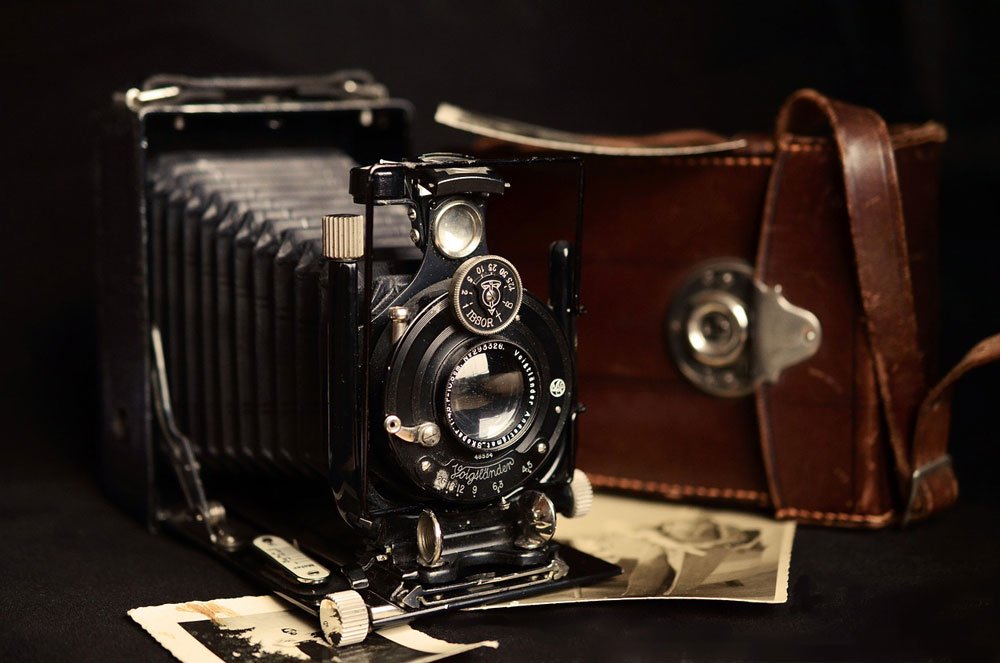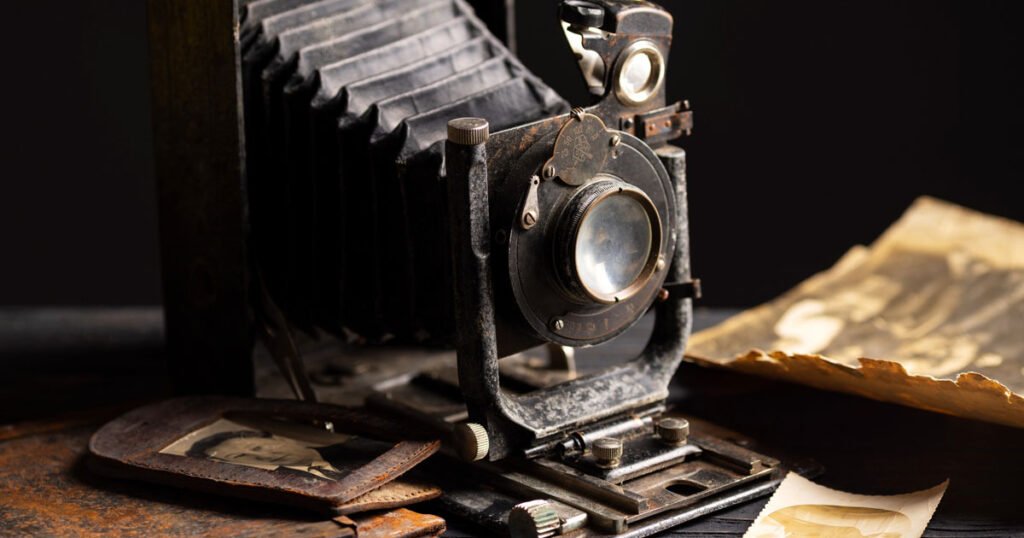Introduction
The Dejur Model 500 is a vintage film projector, cherished by collectors and enthusiasts for its robust build and exceptional performance. Although it was first introduced decades ago, this projector remains relevant to film enthusiasts who appreciate analog technology and its ability to bring classic films to life. If you’ve recently acquired a Dejur Model 500 or are looking for its manual, this guide is designed to help you understand how to operate and maintain it effectively. In this article, we will explore the key features of the Dejur Model 500, provide step-by-step instructions from the manual, and discuss its practical applications today.
What is the Dejur Model 500?
A Brief History of the Dejur Model 500
The Dejur Model 500, produced in the mid-20th century, is a 16mm film projector. Dejur, a well-known manufacturer of photography and film equipment, designed this model to meet the needs of educational institutions, home users, and small theaters. Known for its durable construction and precise projection capabilities, the Dejur Model 500 remains a favorite among vintage projector collectors. Visit here for more details allenstoneware.
Features and Components of the Dejur Model 500
The Dejur Model 500 projector is built with high-quality mechanical components. Key features include:
- Adjustable Focus: Allows users to achieve sharp, clear images during projection.
- Variable Speed Control: Offers the ability to adjust the playback speed of the film.
- Manual Film Threading System: A hands-on method of loading the film into the projector.
- Silent or Optical Sound: Depending on the specific version, some Dejur Model 500 projectors come with sound capabilities, which add depth to the viewing experience.
- Sturdy Metal Frame: Ensures long-term durability, even after years of use.
These features make the Dejur Model 500 a reliable machine for film enthusiasts who prefer a manual, hands-on approach to film projection.
Importance and Benefits of the Dejur Model 500 Manual
Why You Need the Dejur Model 500 Manual
Operating vintage equipment like the Dejur Model 500 can be challenging without proper guidance. The Dejur Model 500 manual is essential for understanding the projector’s intricate mechanics. It provides step-by-step instructions on how to:
- Set up the projector.
- Thread the film correctly.
- Adjust the focus and sound (if applicable).
- Clean and maintain the equipment.
Having the manual ensures that you can operate the projector without causing damage to either the film or the machine. It also helps preserve the lifespan of the projector, ensuring smooth operation.

Benefits of Understanding the Dejur Model 500 Manual
By familiarizing yourself with the manual, you gain confidence in using this vintage equipment. Some key benefits include:
- Optimal Performance: The manual provides detailed instructions on calibration, ensuring the projector delivers sharp visuals and smooth playback.
- Film Preservation: Proper threading and maintenance prevent film damage, which is critical when handling older or rare films.
- Longevity of the Projector: Regular cleaning and correct usage, as outlined in the manual, will prolong the life of your Dejur Model 500.
Where to Find a Dejur Model 500 Manual
If you’ve lost the original manual or purchased the projector secondhand, don’t worry. Many online resources, including vintage equipment forums and collector websites, offer downloadable versions of the Dejur Model 500 manual. Some specialized bookstores may also carry hard copies of manuals for vintage equipment.
Detailed Overview of Key Concepts from the Dejur Model 500 Manual
Setting Up the Dejur Model 500
The first step to successfully using the Dejur Model 500 is proper setup:
- Positioning: Place the projector on a stable surface, ideally 10-15 feet from the projection screen.
- Power Supply: Plug the projector into an appropriate power source and ensure all connections are secure.
- Screen Alignment: Use the adjustable base to ensure the projector is aligned correctly with the screen for a perfect projection.
The manual highlights the importance of these steps for optimal projection quality.
Threading the Film
One of the most crucial steps in operating the Dejur Model 500 is correctly threading the film. Follow these instructions:
- Open the Film Gate: Lift the film gate lever to create space for the film.
- Insert the Film: Start with the leader of the film, threading it through the guide rollers and sprockets.
- Lock the Film in Place: Once threaded, close the film gate securely to ensure the film remains steady during playback.
- Check Tension: Adjust the film tension knob as instructed to avoid tearing or slipping.
Without proper threading, the film may get damaged, so following the manual’s directions is essential for smooth projection.
Adjusting Focus and Speed
The Dejur Model 500 offers manual focus adjustment:
- Use the Focus Knob: Turn the knob to sharpen the image as it projects onto the screen.
- Check the Frame Alignment: If the frames appear misaligned, use the framing lever to correct the image.
- Speed Control: Adjust the speed control dial for films that require faster or slower playback, ensuring synchronization with any accompanying audio.
The manual emphasizes checking these adjustments before starting a full-length film to prevent interruptions.
Maintenance and Cleaning
Routine maintenance is key to extending the lifespan of the Dejur Model 500. The manual provides the following instructions:
- Clean the Film Path: Dust and debris can accumulate, causing scratches or malfunctions. Regularly clean the film gate and guide rollers.
- Lubricate Moving Parts: Apply the recommended lubricant to the gears and sprockets to maintain smooth operation.
- Replace Worn Components: The manual suggests periodic checks for worn belts or rollers and includes instructions for replacing these parts.
Proper maintenance ensures that the projector continues functioning at its best for years to come.
Applications and Use Cases of the Dejur Model 500
Educational Institutions
In the mid-20th century, projectors like the Dejur Model 500 were widely used in classrooms to display educational films. Even today, schools and universities with a focus on film history or analog technology may use vintage projectors like the Dejur Model 500 to teach students about the evolution of media.
Film Enthusiasts and Collectors
For film collectors and hobbyists, the Dejur Model 500 offers an authentic experience of viewing 16mm films in their original format. Many collectors seek out these projectors to screen classic films and preserve the original viewing experience. Using the Dejur Model 500 manual, collectors can ensure they are handling both the films and the projector properly, preventing damage to rare footage.
Small Theaters and Cultural Centers
Some small theaters and cultural centers dedicated to preserving the art of analog film continue to use projectors like the Dejur Model 500. These venues offer patrons a unique cinematic experience, different from today’s digital formats. The manual provides the necessary technical instructions to keep these machines running smoothly during public screenings.
Personal Home Use
For individuals who own or inherit 16mm films, the Dejur Model 500 is an excellent projector for personal home screenings. Whether it’s a family archive or a collection of classic films, users can follow the manual to safely operate the projector and enjoy the films as they were meant to be seen.
Challenges and Solutions
Difficulty in Finding Replacement Parts
One of the challenges with maintaining a vintage projector like the Dejur Model 500 is finding replacement parts. However, many online communities and specialty stores cater to vintage projector enthusiasts and can supply original or compatible parts. The manual often includes part numbers, which can help when searching for replacements.
Film Damage Risk
Improper threading or handling of the projector can result in damaged film, especially if the projector is not regularly maintained. To prevent this, users should refer to the manual’s detailed section on film threading and maintenance. Following the step-by-step instructions reduces the risk of film tearing or scratching.
Power Compatibility
In some cases, users might find that their vintage Dejur Model 500 requires a different power voltage than what is standard in their country. To address this, a power converter can be used. The manual typically includes information about the projector’s power requirements, making it easier to find compatible electrical solutions.
Conclusion
The Dejur Model 500 Manual is more than just a projector—it is a piece of history that allows film enthusiasts to relive the golden age of analog cinema. Whether you are a collector, educator, or simply a fan of classic films, understanding how to operate and maintain this vintage equipment is key. By using the Dejur Model 500 manual, you ensure that your projector runs smoothly, providing an authentic viewing experience every time. From setting up the projector to maintaining its parts, the manual is an essential tool for keeping this classic machine in top condition.
FAQs
1. Where can I find a Dejur Model 500 manual?
You can find a copy of the Dejur Model 500 manual on vintage equipment forums, online bookstores, or websites specializing in film projector manuals.
2. What type of films can the Dejur Model 500 play?
The Dejur Model 500 is designed for 16mm films, commonly used in educational, industrial, and entertainment contexts.
3. How often should I clean my Dejur Model 500 projector?
Regular cleaning is recommended after every few uses, especially if you frequently project films. Cleaning the film path and applying lubricant helps maintain smooth operation.
4. Can the Dejur Model 500 handle films with sound?
Some versions of the Dejur Model 500 include sound capabilities, allowing for the playback of films with optical soundtracks.



